Dressing appropriately for job interviews is crucial in making a lasting and positive first impression. In the professional world, the way one presents themselves can speak volumes before they even utter a word. The attire chosen for a job interview acts as a non-verbal cue, communicating professionalism, respect for the position and the company, and an understanding of the workplace culture.
In recent times, evolving work cultures and trends have significantly influenced what is considered appropriate interview attire. With the rise of diverse workplace environments ranging from ultra-formal to business casual and even casual settings, understanding the expected dress code has become more complex yet essential. Companies today often seek candidates who not only have the skills and experience for the job but also fit well with their corporate culture. As such, aligning ones attire with the companys culture while maintaining a professional look is an important aspect of preparing for job interviews in the contemporary professional landscape.
Understanding the Company Culture
Understanding a company's culture and dress code is a critical step in preparing for a job interview. Researching these aspects not only helps in dressing appropriately but also demonstrates to potential employers that you are thorough and genuinely interested in becoming a part of their team.
The importance of this research cannot be overstated. Each company has its unique culture and corresponding dress code, ranging from formal business attire to more relaxed, casual wear. Knowing this beforehand can prevent uncomfortable missteps and help you feel more confident during the interview.
To effectively gather information about a companys dress culture, start with their website. This often contains insights into the companys values, mission, and work environment. Look for a Careers or About Us section, which might include photos or videos of employees that can give you a visual sense of the typical attire.
LinkedIn is another valuable resource. You can view profiles of current employees to see how they present themselves professionally. This can be particularly useful if you can find profiles of people in the role or department youre applying for.
Additionally, if you have any contacts within the company, dont hesitate to reach out to them for insights. They can provide firsthand information about the day-to-day dress code and overall culture.
Finally, consider the industry the company operates in. Different sectors often have varying norms regarding dress codes tech startups might lean towards a more casual look, while finance or law firms typically stick to formal business attire.
By combining these strategies, you can gain a comprehensive understanding of what to wear for your interview, ensuring that you present yourself in a manner that aligns with the companys culture.
Art of interview attire:
- Research the company culture. Before you pick out your interview outfit, take some time to research the company culture. What kind of clothes do the employees typically wear? Is the dress code more formal or casual? You can get a good sense of the company culture by visiting their website, looking at their social media pages, or reading reviews from past employees.
- Dress one step up from the company culture. Once you have a good understanding of the company culture, you can start to think about what to wear. It's always a good idea to dress one step up from the company culture. For example, if the company has a casual dress code, you might want to wear a pair of slacks and a blouse instead of jeans and a t-shirt.
- Choose classic and conservative pieces. It's best to err on the side of caution when it comes to interview attire. Choose classic and conservative pieces that are clean and well-tailored. Avoid anything too flashy or trendy.
- Pay attention to the details. The little things can make a big difference when it comes to your overall appearance. Make sure your hair is neat and styled, your nails are clean and trimmed, and your shoes are polished.
- Feel confident in your outfit. The most important thing is to feel confident in your interview outfit. If you feel good about what you're wearing, it will show.
Mars and Venus:
For men:
- A well-tailored suit in a dark color, such as navy, gray, or charcoal, is always a safe choice.
- Choose a dress shirt in a light color, such as white or pale blue.
- If you're wearing a tie, make sure it is well-knotted and the color complements your suit and shirt.
- Polish your shoes and make sure your socks match your pants.
For women:
- A tailored suit skirt or dress in a dark color is a good option for a formal interview.
- You can also opt for a blouse and slacks, but make sure the pieces are well-coordinated and professional.
- Avoid anything too short, tight, or revealing.
- Choose comfortable shoes that you can walk and stand in for a long period of time.
The Role of Colors and Patterns
Colors play a significant role in professional attire, as they can convey various messages and influence perceptions in a job interview setting. Traditional colors like navy, black, and gray are considered safe and professional, reflecting qualities of leadership and reliability. Navy blue, in particular, is often associated with trustworthiness and confidence, making it a popular choice for interviews. Black conveys sophistication and seriousness, while gray offers a balanced, neutral option.
Beyond these classics, other colors can also be used strategically. Dark green or burgundy can signal confidence and a hint of individuality without straying too far from professionalism. Lighter shades such as pastel blue or soft gray can be calming and approachable, suitable for industries where communication and empathy are key.
When incorporating patterns into interview attire, the goal is to add personality without compromising professionalism. Subtle patterns, like pinstripes or a mild herringbone, can add depth to an outfit without being distracting. For those in more creative fields, slightly bolder patterns can be appropriate but should still maintain a sense of restraint. The key is balance; the pattern should not be so loud or busy that it distracts from the conversation.
It's also important to consider the overall composition of the outfit. A patterned piece can be balanced with solid colors elsewhere to ensure the outfit remains harmonious and doesn't overwhelm. By thoughtfully selecting colors and patterns, candidates can demonstrate their professional acumen while also giving a glimpse of their personal style.
Accessorizing for Success
Accessorizing for a job interview is about enhancing your professional attire without overshadowing it. Choosing the right accessories can add a touch of personality and attention to detail to your outfit.
- Watches are classic and functional accessories for both men and women. They suggest punctuality and attention to detail. Opt for a watch with a simple, elegant design rather than one that is overly bulky or flashy.
- Jewelry should be understated. For women, small earrings or a delicate necklace can add a touch of elegance without being distracting. Men might consider a tasteful tie pin or cufflinks if the situation warrants. The key is subtlety - jewelry should complement your outfit, not dominate it.
- Ties and scarves can be a great way to introduce color or a mild pattern into your attire. For ties, stick to classic colors or simple patterns. A well-chosen tie can pull an outfit together and make it look polished. Scarves, for women, should be lightweight and in a color that complements the outfit, adding a professional yet stylish touch.
- To avoid over-accessorizing, follow the rule of simplicity. Each accessory should have a purpose and add to the overall professionalism of your look. Avoid large, noisy, or brightly colored items that might distract the interviewer. Instead, focus on a few key pieces that enhance your appearance and convey a sense of attention to detail and professionalism. Remember, in a job interview, your skills and experiences should be the focal point, and your attire, including accessories, should support this rather than overshadow it.
Dressing professionally for a job interview is important, but it's not the only thing that matters. Remember to also prepare your answers to common interview questions, practice your body language, and be confident in your abilities. By following these tips, you'll be well on your way to nailing your next job interview.
Emphasizing Confidence
Mastering interview attire involves understanding the company culture, choosing appropriate traditional attire for your industry, and adding personal touches through colors, patterns, and accessories. Whether in a corporate, tech, or creative field, aligning your outfit with industry norms while showcasing a hint of personal style can make a significant difference. Remember, simplicity and professionalism are key. Subtle colors, understated patterns, and well-chosen accessories can enhance your professional image without overshadowing your qualifications. Above all, dress in a way that boosts your confidence and allows your authenticity to shine through. A well-thought-out outfit can be a powerful tool in making a positive first impression and expressing your enthusiasm for the role.
You may also be interested in: LONDONTOWN Illuminating Nail Concealer, Pink, Vegan, Cruelty
Shop Now and elevate your style with our personalized styling services.
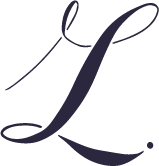
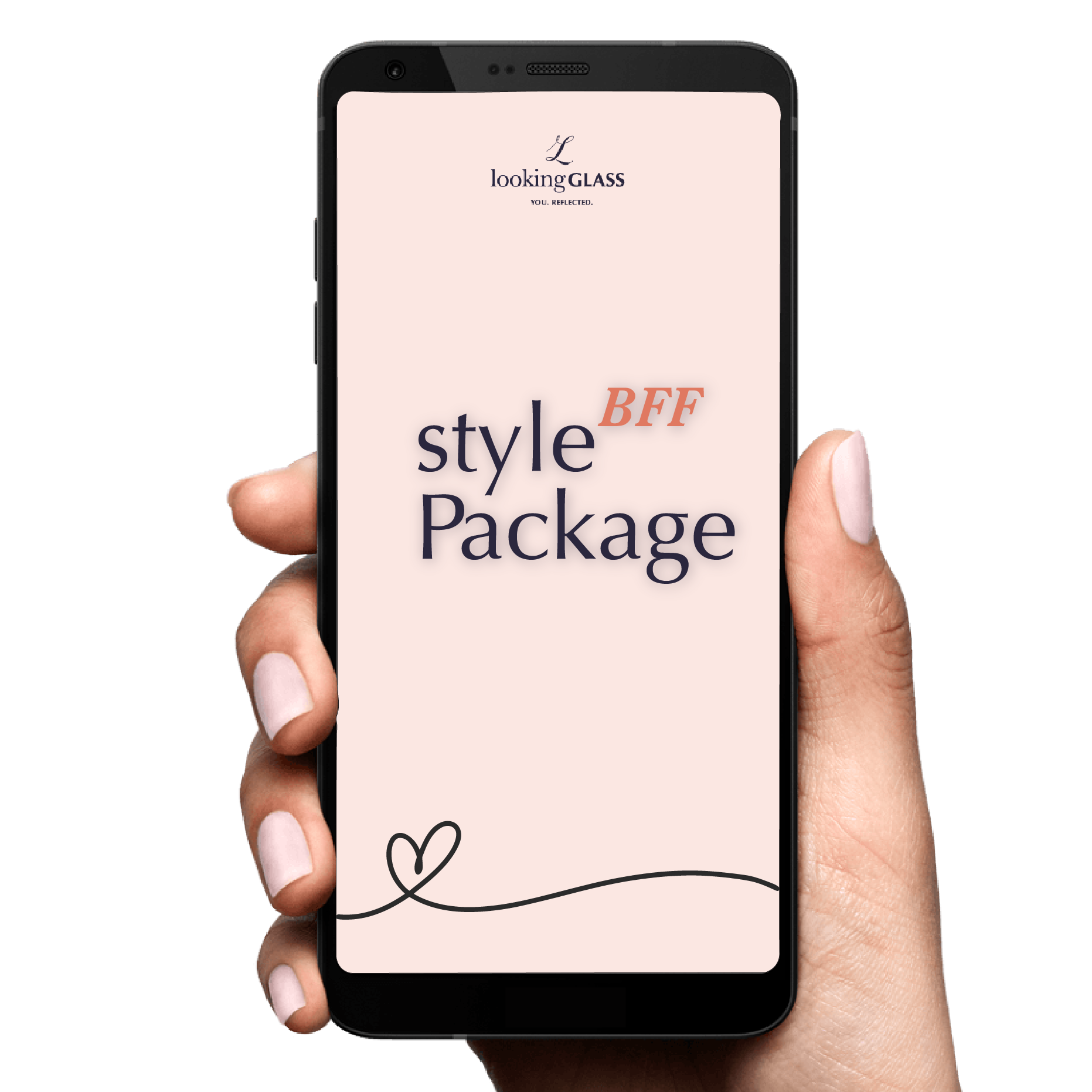
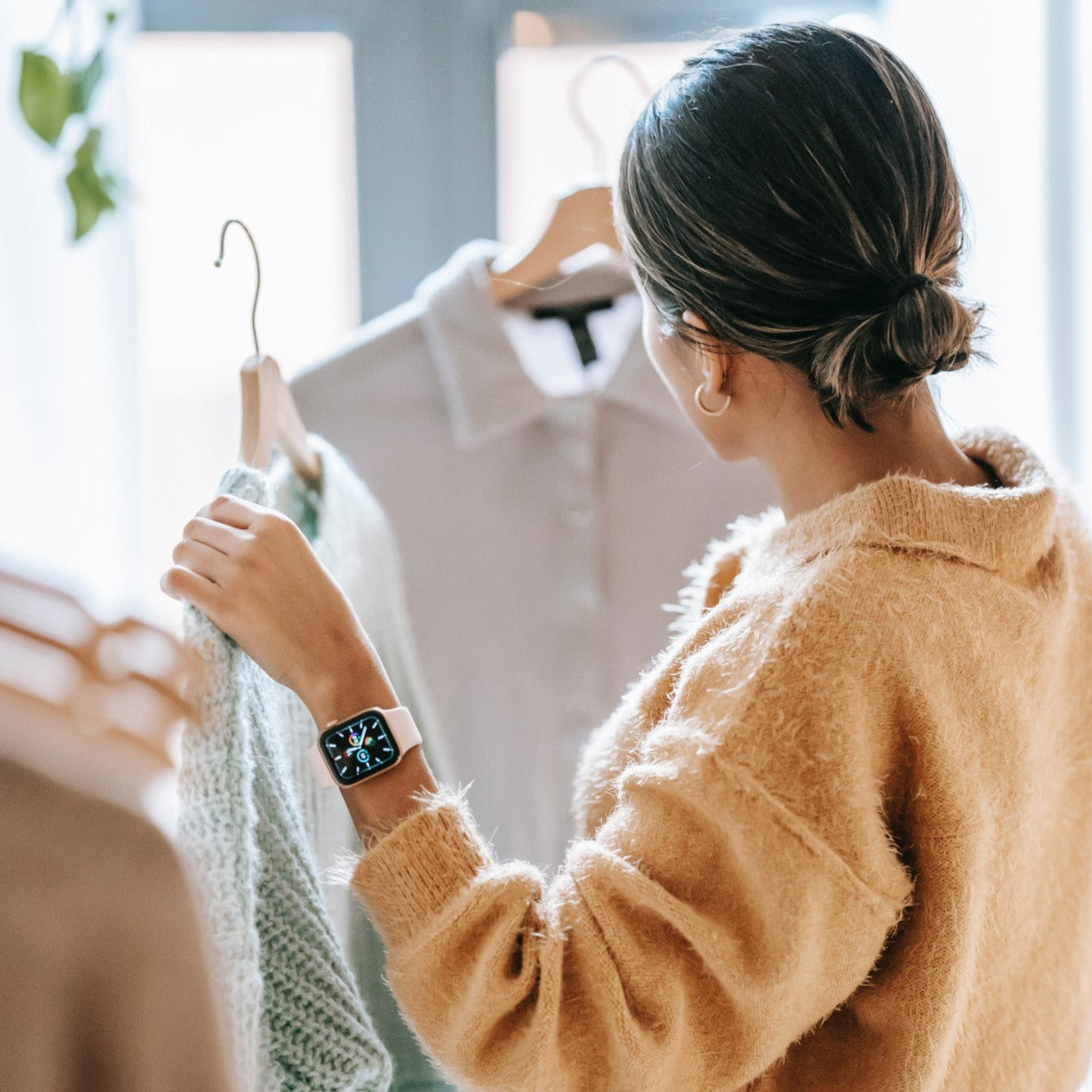
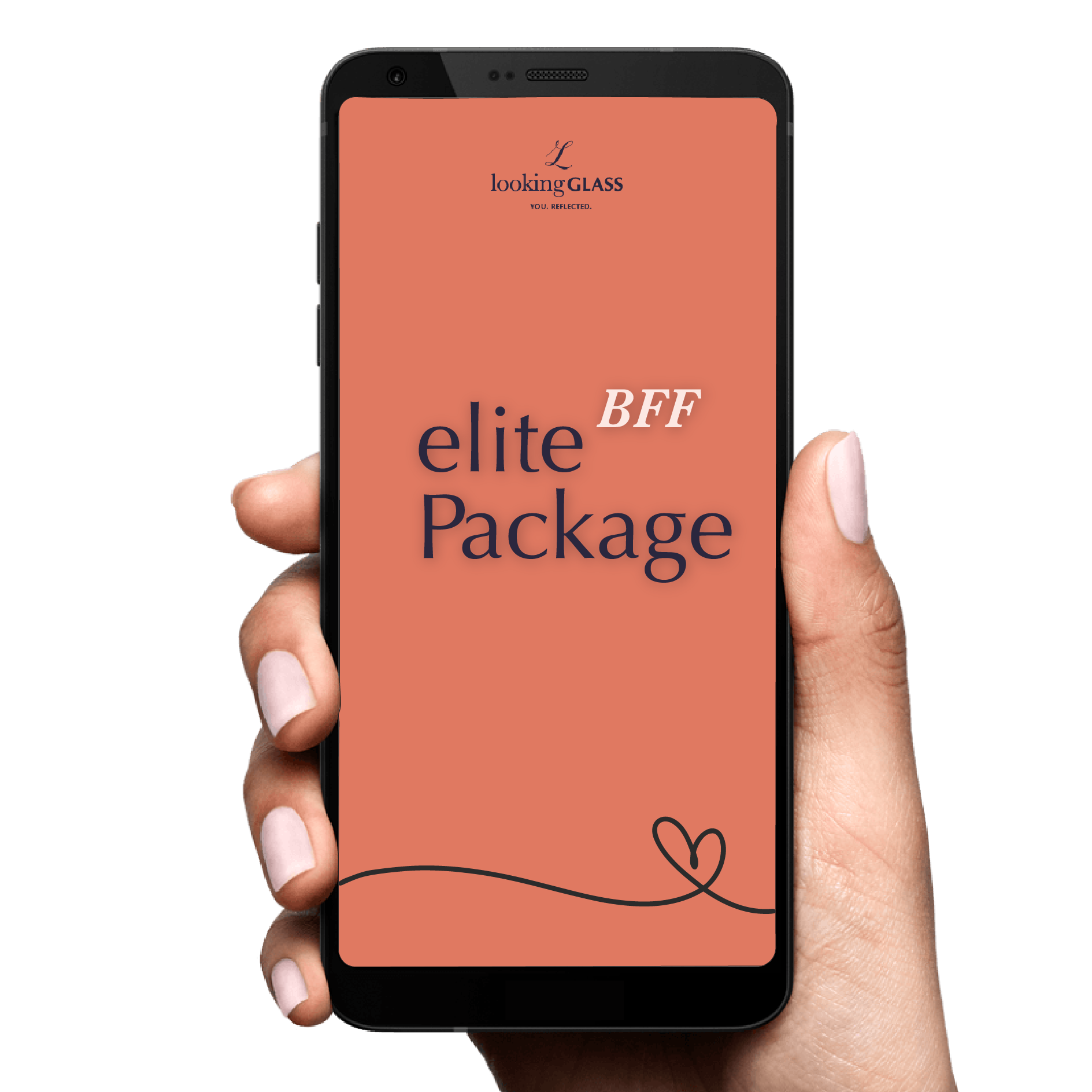
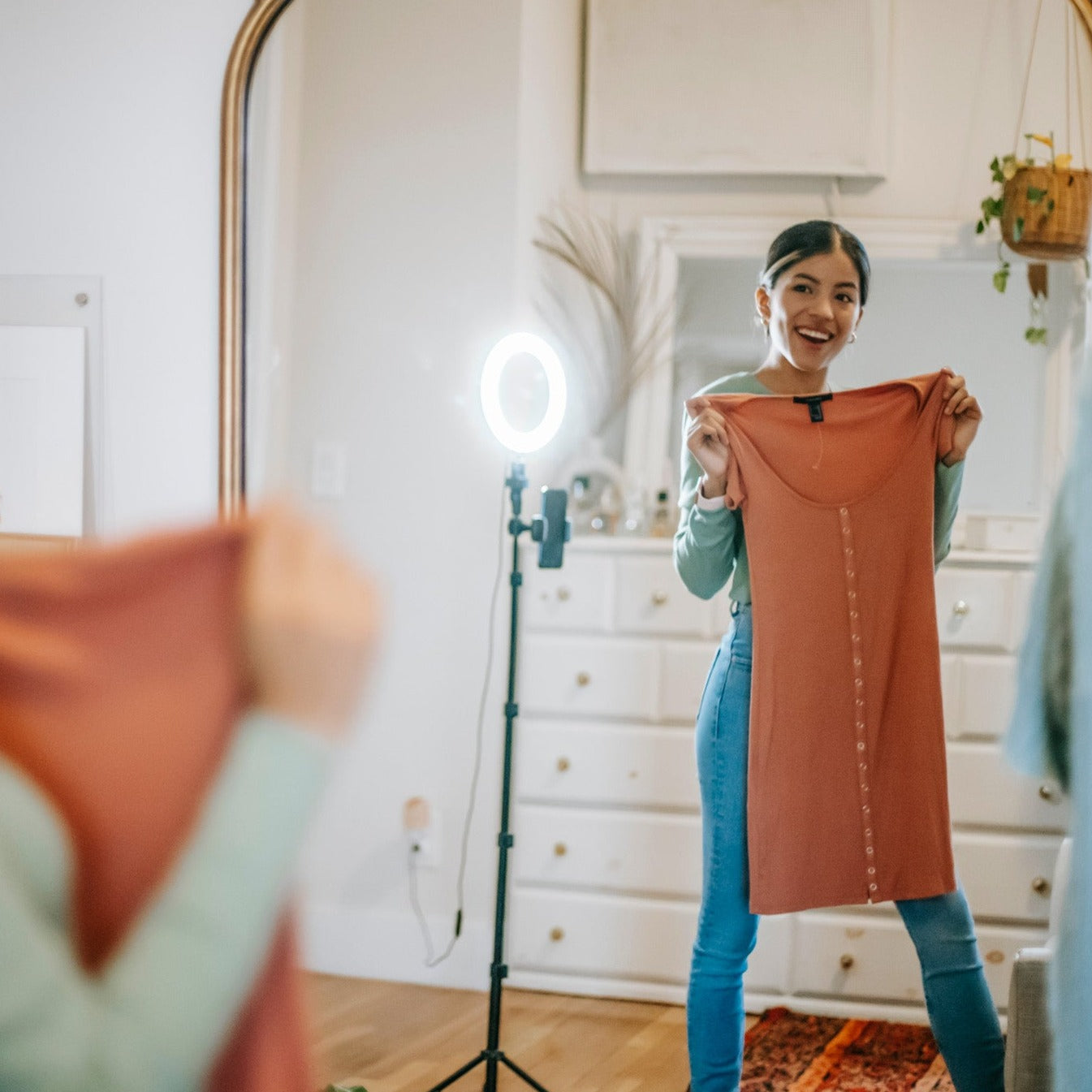
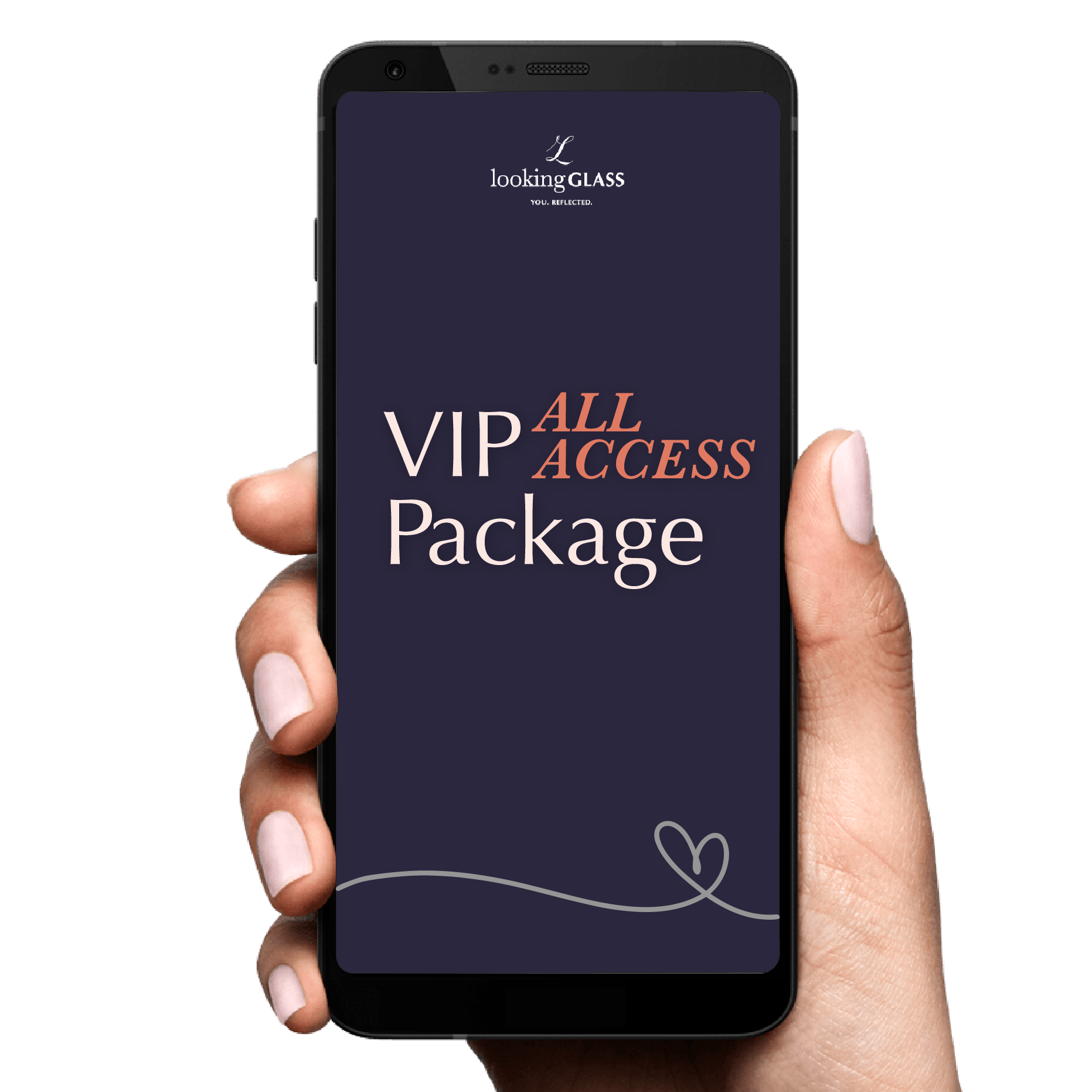
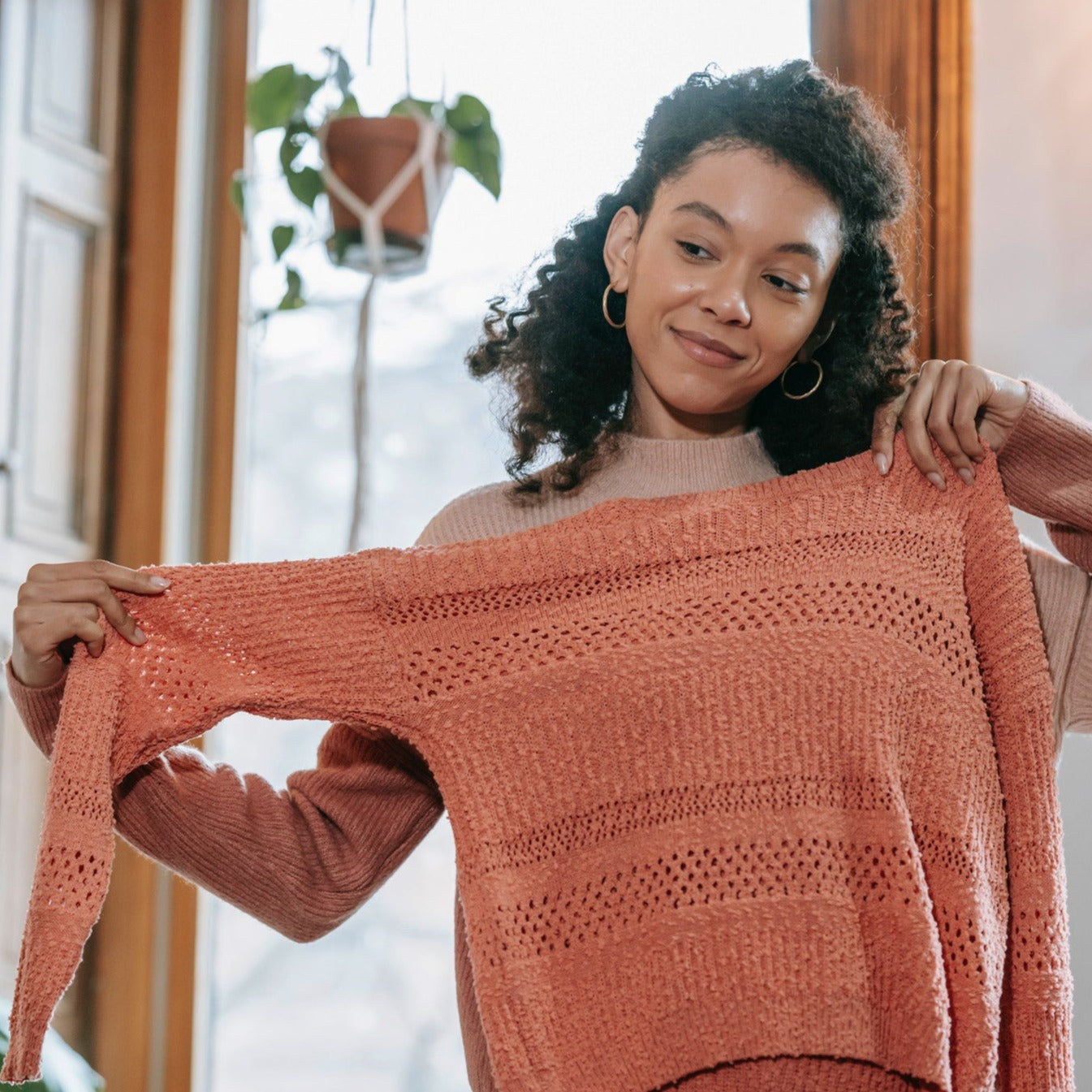
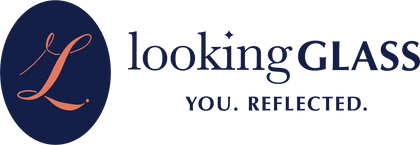

Title